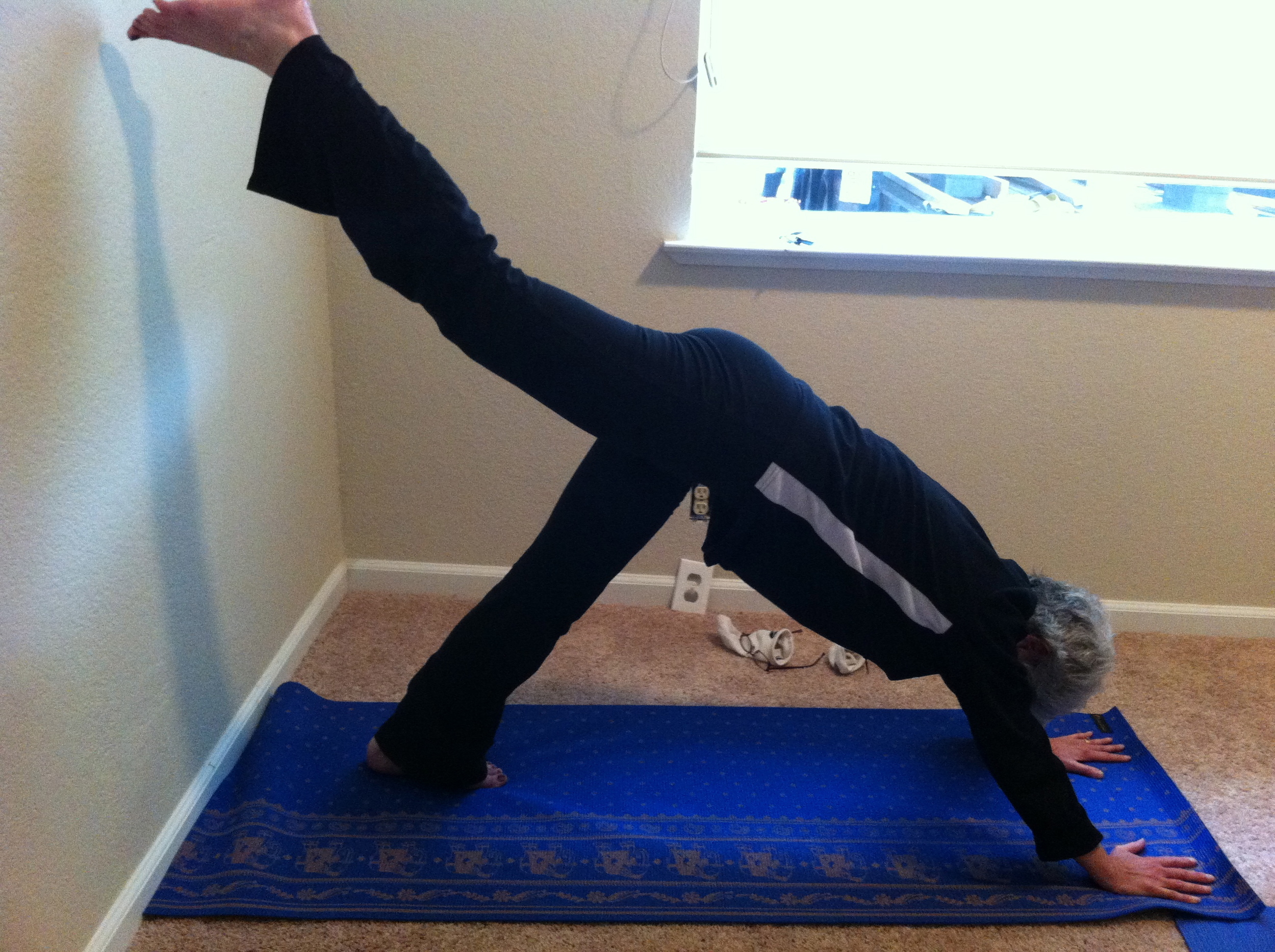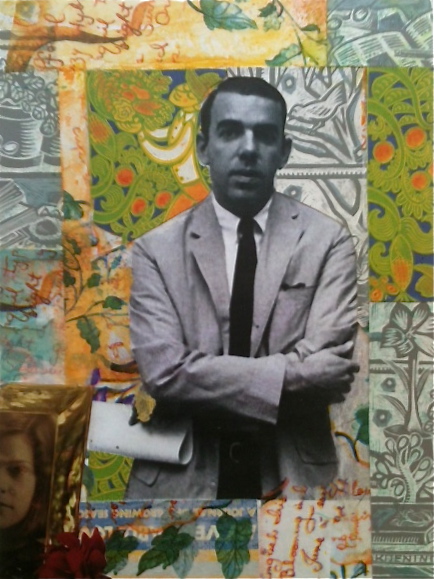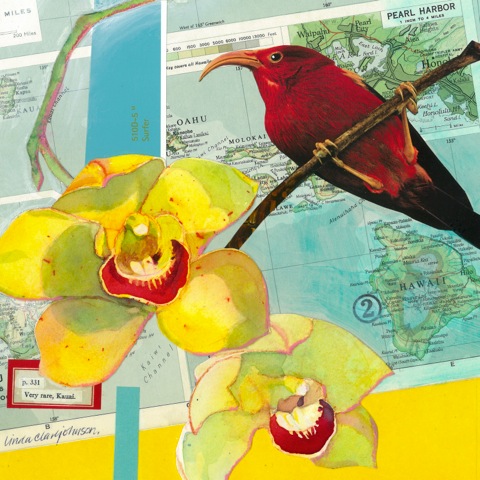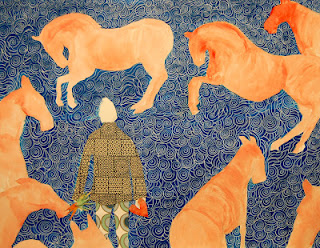 Lately, it's been a Charles Dickens kind of time. You know, that line from The Tale of Two Cities:
Lately, it's been a Charles Dickens kind of time. You know, that line from The Tale of Two Cities:
It was the best of times, it was the worst of times, it was the age of wisdom, it was the age of foolishness, it was the epoch of belief, it was the epoch of incredulity, it was the season of Light, it was the season of Darkness, it was the spring of hope, it was the winter of despair, we had everything before us, we had nothing before us, we were all going direct to Heaven, we were all going direct the other way..."
These words, written by Dickens in 1859, 153 years ago, speak worlds about today. When I juxtapose the lights of Chanukah and Christmas against the carnage in Connecticut, I wonder how we can comprehend this paradox of light and dark. I don't know.
I took heart as I listened to President Obama speak at the memorial service for the 20 souls of the children and souls of the 6 adults.
"This is our first task -- caring for our children. It’s our first job. If we don’t get that right, we don’t get anything right. That’s how, as a society, we will be judged.
And by that measure, can we truly say, as a nation, that we are meeting our obligations?...I’ve been reflecting on this the last few days, and if we’re honest with ourselves, the answer is no. We’re not doing enough. And we will have to change."
That is a call to action if I ever heard one and it makes me take a closer look at my immediate world.
It's easy to become desensitized working as an art therapist in a hospital--every day--a census filled with names, ages, diagnoses.
Lately that census has included more than one child who wasn't adequately cared for; whose parents didn't meet their obligation and left them untended, unfed, or even worse, dropped or shaken.
My mind cannot contain the range of extreme thoughts which arise, watching a toddler careen around the playroom sporting an NFL-size helmet for self-protection.
Often, due to brain injuries, these children have little or no impulse control, so put away those crayons and markers art therapist, it's time to get moving.
The task becomes following them, holding them, talking to them, playing with them, getting down on the ground and dancing with them and in every way that I can, loving them.
In this new year to come, I challenge us all to take one small step toward the goal of caring for all of our children. What might that be? Taking time to listen, really listen when a child speaks, (put down the cell phone already!), donating time or money to an organization that brings aid to children, reading to a child, mentoring one, teaching a class at a local art center or finding a school that needs your aid.
There’s only one thing we can be sure of, and that is the love that we hold -- for our children, for our families, for each other. The warmth of a little one’s embrace -- the best cure for the worst of times.
*President Obama in his address to Newtown CT, 12/17/12.








